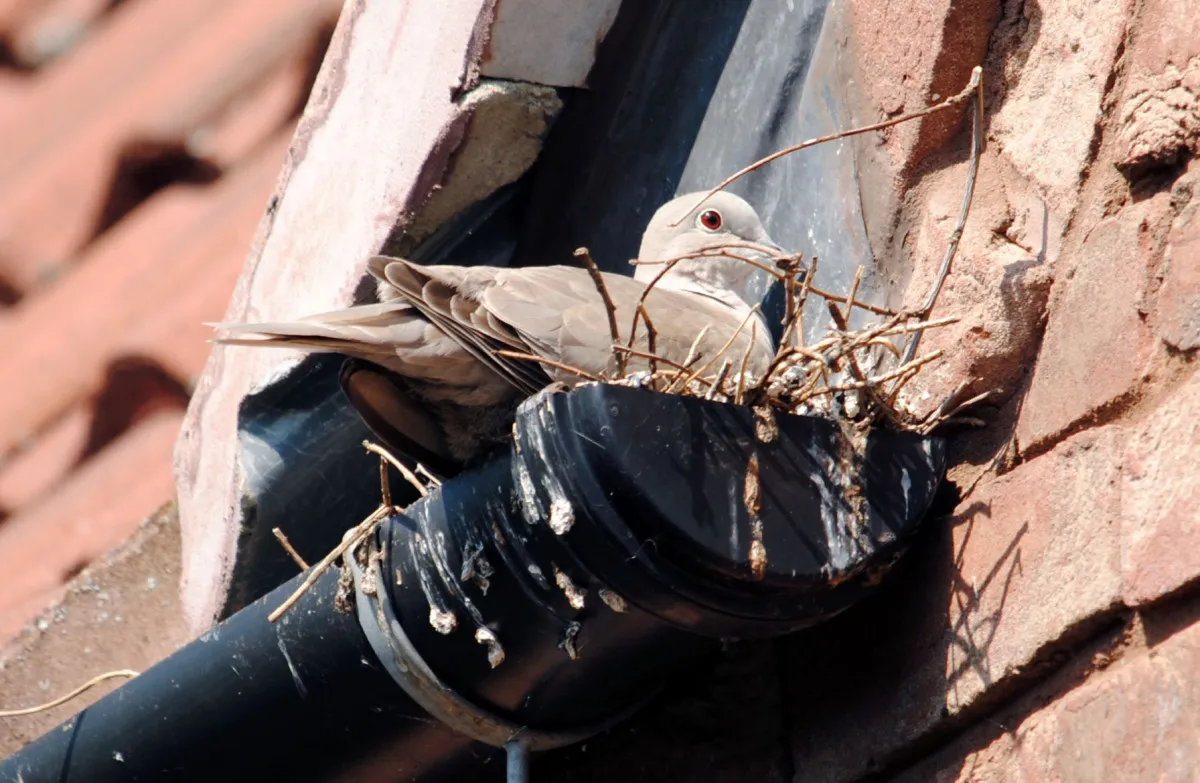Citation

In more detail
Most data for this report comes from the BTO/JNCC/RSPB Breeding Bird Survey and is jointly funded by the BTO, RSPB and JNCC. Field work for the BBS is conducted by volunteers and the authors are very grateful to them, and volunteers in other surveys that contributed to this work.
Abstract
Biodiversity indicators provide a useful and accessible measure for helping understand changes in the state of our environment. Being relatively well studied, bird indicators provide a robust measure to assess changes to Scotland’s biodiversity. The terrestrial breeding bird indicator has been updated annually for Scotland since 2005 covering a period starting from 1994. The current indicator comprises four categories: all species; farmland; woodland; and upland. Changes in these categories are useful for identifying where conservation action may be required and helping to inform policy and strategies at a Scotland scale.
This report assesses the feasibility of creating new categories within the terrestrial breeding bird indicator, focussing: on urban; wetland; and adaptions to the existing farmland indicator (to include three sub-categories).
Sufficient data were available to produce a reliable urban indicator for Scotland. Fourteen species were included in this, representing 21% of the species in the All-species indicator. The Urban indicator showed an increase in Urban birds between 1994 and 2005 (all 1994 indices = 100, 2005 index = 139 (95% confidence intervals = 121, 161)), followed by a decline (2019 index = 119 (104, 138)), resulting in a small but significant increase overall between 1994 and 2019 (similar to that seen in the All-species indicator). Several species showed different trends in urban habitats, compared with other habitats. The greatest winner in Scottish urban habitats compared with other habitats was the woodpigeon. It increased across all of Scotland by 6% between 1995 and 2019, while in urban habitats it increased by 188%. House sparrows, song thrushes and blackbirds all declined in urban habitats but increased across other habitats. There are a number of possible drivers for their urban declines, including lower invertebrate food quality for chicks, increased disease and increased predation in urban environments.
For Farmland, it was possible to produce indicators for Arable (23 species with habitat-specific trends), Pastoral (26 species with habitat-specific trends and additional data for Corncrake), Woody farmland (23 species with habitat-specific trends) and Wet farmland (six species with habitat-specific trends and farmland-specific trends for an additional three to five species).
The key pattern evident in the four disaggregated farmland indices was the positive trend on pastoral farmland (2019 index = 131 (118, 150)), particularly compared to arable (2019 index = 97 (85, 111)) and wet farmland (2019 index = 84 (70, 105)). The positive trends on pastoral farmland compared to arable farmland was found across most species: 70% of species that contributed to both the pastoral and arable indicators had more positive trends on pastoral farmland.
It was possible to produce a general Wetland bird indicator from 14 species (using all BBS data for these species, and potentially eight species with additional data from the Waterways Breeding Bird Survey (WBBS) data). We also produced a Fast-flowing water indicator with three species, and a Wet grassland indicator with five species (in both cases using all BBS data for these species). There were insufficient data to produce meaningful indicators for breeding birds of Reedbeds (only two species had sufficient data to produce trends) or for Slow-moving and standing water (only one species had sufficient data to produce trends).
The wetland indicators all showed declines among wetland species (2019 index = 81 (72, 92)). The declines were generally in wader species, such as common sandpiper, curlew, lapwing, oystercatcher and redshank. Lapwing and curlew breed on wet grassland and upland habitats and are experiencing declines across all types of farmland, wetland and upland habitats in Scotland (and more widely in the UK). Species showing large population increases include sand martin, reed bunting and mute swan. Sand martins and reed buntings are showing greater increases in Scotland than in England, possibly due to climate change.

